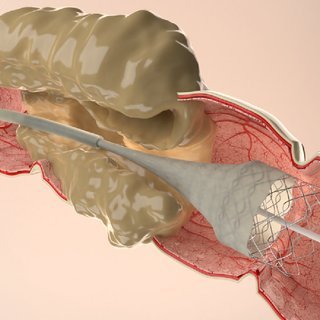
Esophageal/Colonic Metallic Stent Placement is a minimally invasive procedure used to treat obstructions in the esophagus or colon. During the procedure, a metal stent is inserted through an endoscope to open up blocked areas of the gastrointestinal tract, allowing food or waste to pass freely. This procedure improves patient comfort and helps avoid more invasive surgeries or complications.
This procedure is commonly used to treat conditions such as esophageal cancer, strictures, or colonic blockages. The stent provides a permanent solution to maintain patency of the affected area and improve the patient's quality of life.
Common questions about Esophageal/Colonic Metallic Stent Placement:
The metallic stent is used to keep a blocked area of the esophagus or colon open, allowing normal food passage or waste elimination.
The stent is placed through an endoscopic procedure. A flexible tube with a camera is inserted through the mouth (for esophageal stents) or rectum (for colonic stents), and the stent is positioned in the area of the blockage.
Like any medical procedure, stent placement carries some risks, such as stent migration, infection, or perforation. However, these complications are rare and are usually monitored during the recovery period.